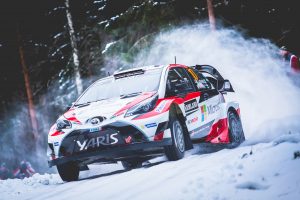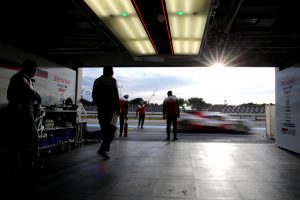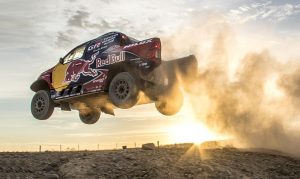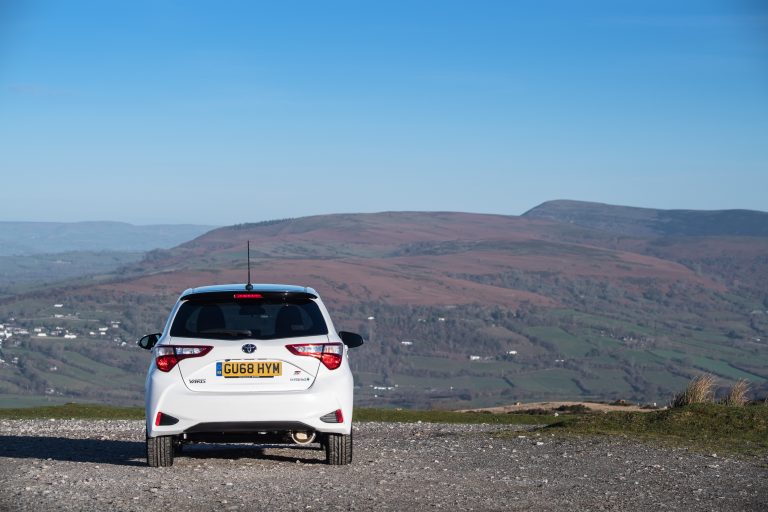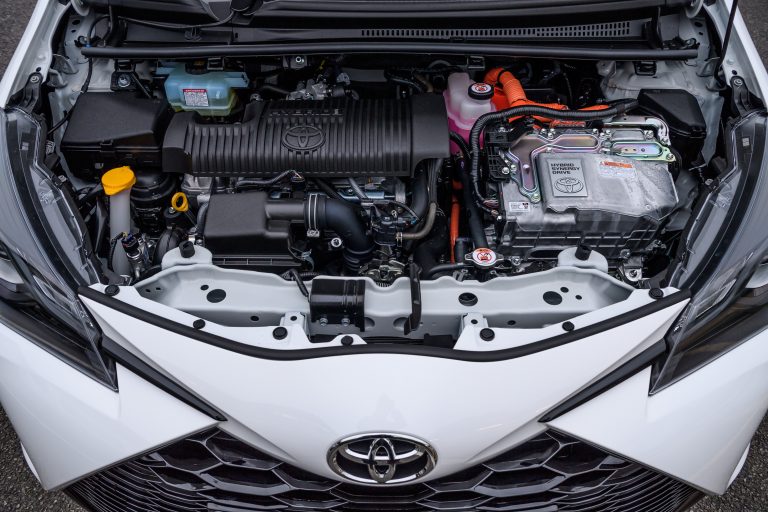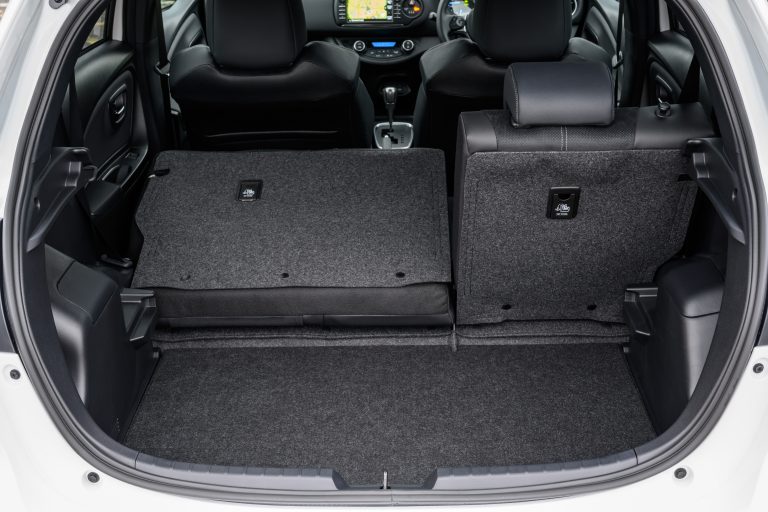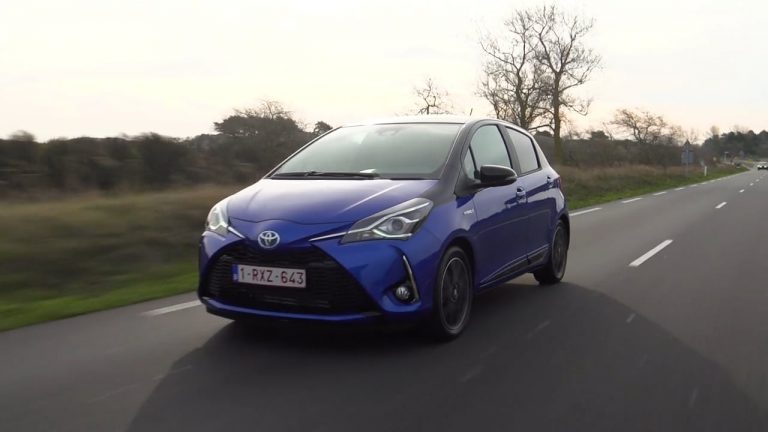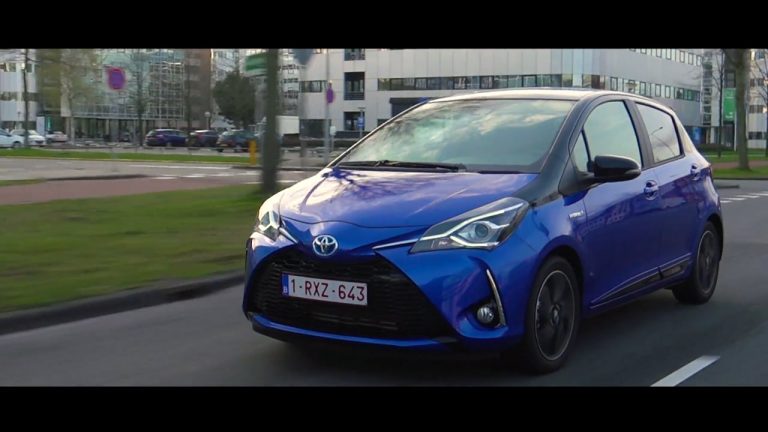Toyota Gazoo Racing
Pushing the limits for better
In 2015 Toyota united its motorsports activities in Toyota Gazoo Racing, putting motorsport at the centre of its commitment to make ever-better cars.
Toyota has long recognised the value of motorsport, the company’s founder Kiichiro Toyoda himself having declared in 1952: “Motorsport is more than just entertainment. It is vital to the development of the car industry. Just as athletes test their capabilities by competing with all their strength in the Olympics, automakers use racing as an opportunity to push a vehicle’s performance to the limits and compete for supremacy, enabling them to discover new ways of advancing automotive technology.”
Toyota Gazoo Racing’s activities – of which motorsport is key element – focus on three pillars: improving cars for the road, developing the company’s human resources and sharing the excitement of driving with customers and fans.
Through its participation in highly demanding series such as the FIA World Rally and World Endurance Championships and the Dakar rally, Toyota pushes its cars to the limit, in its pursuit of making ever-better cars.
A great return to the World Rally Championship (WRC)
The WRC is a merciless and compelling high-speed competition that takes place on nearly every type of driving surface in the world, from smooth asphalt to rough tracks and frozen roads. Drivers have to make instant judgements about the conditions, mile by mile, bend by bend.
Building a winning world rally car is about more than just theory; it’s about crafting a vehicle that can be driven to the limit on every type of road, drawing on first-hand experience and knowledge. This was firmly in mind when Toyota returned to the WRC with Toyota Gazoo Racing in 2017 after a 17-year break.
The team have the right personnel in place to take on the challenge, led by the four-time World Rally Champion Tommi Mäkinen and with a strong driver line-up consisting of Jari-Matti Latvala (car No10), one of the fastest rally drivers in the world, and the vastly experienced Juho Hänninen (car No11).
Thousands of hours in the workshop and extensive testing programmes around Europe prepared the team for its goal to take the start at the Rallye Monte-Carlo, the opening event of the 2017 WRC season.
While Toyota has enjoyed considerable success in the championship in the past, its Yaris WRC project represents a new chapter in its racing history. The Toyota Gazoo Racing World Rally Team have kept their expectations for 2017 in check, prioritising car development and learning over outright results.
Nevertheless, Toyota’s come-back began on a positive note, surpassing expectations with Latvala and his co-driver Miika Anttilla finishing second on Rallye Monte Carlo and Hänninen and Kaj Lindström also scoring points.
Things were even better on Rally Sweden, where Latvala claimed the team’s first win and Hanninen netted yet more manufacturer points for Toyota. Heading into the third round of the season, Rally Mexico (9 to 12 March), Toyota is second in the manufacturers’ championship and Latvala leads the drivers’ title race.
Mexico will be the first gravel event of the year and the first to be run in high temperatures. The stages are also at high altitude, depriving the cars’ engines of oxygen and presenting the team with another new challenge.
Challenging for victory at Le Mans
Toyota Gazoo Racing played out a tough 2016 season in the World Endurance Championship (WEC), with near misses for the TS050 Hybrids at Spa and Le Mans. The team’s final tally from nine races was seven podium finishes and 229 points, earning third place in the manufacturers’ championship.
This year the team will start the season stronger than before, ready to fight at the front. To demonstrate their commitment to endurance racing and to improve their chances of winning the Le Mans 24 Hours, they will enter three cars in the 6 Hours of Spa-Francorchamps and the Le Mans race.
Argentina’s José María López joins WEC race winners Mike Conway and Kamui Kobayashi in the No7 TS050 Hybrid. López, 33, was a GP2 race winner before moving to the World Touring Car Championship, where he has been champion driver for the past three years.
The 2014 WEC champion drivers Sébastien Buemi and Anthony Davidson will again team up with Kazuki Nakajima, the only Japanese driver to earn pole position at Le Mans, to compete together for a full season in the No8 car.
Stéphane Sarrazin, twice a runner-up with Toyota at Le Mans, will lead the team’s third car entry. His two team-mates in the No9 car will be announced at a team press conference at Monza at 31 March, when the team will also present its updated race car.
Dakar showcases Toyota toughness and durability
Toyota Gazoo Racing South Africa started the 2017 Dakar rally-raid on a charge. Qatari driver Nasser Al-Attiyah and French navigator Mathieu Baumel won the short opening stage of the race convincingly, while Giniel De Villiers and Dirk Von Zitzewitz recorded the fifth-fastest time on the first full stage.
Stage two saw Al-Attiyah and Baumel leading for extended periods, before settling for the second-fastest time of the day. De Villiers and Von Zitzewitz maintained their position, finding their stride and giving the Toyota Hilux a great outing.
But then came stage three, and massive disappointment for the team. Al-Attiyah and Baumel set the pace through most of a long and tricky stage. They looked set to record a second stage win until the Qatari driver ran wide and a jagged roadside pothole ripped the right rear wheel from the Hilux, severely damaging the suspension.
With Al-Attiyah and Baumel out of the race, attention shifted to De Villiers and Von Zitzewitz. But they also faced disappointment with a fuel pressure problem halting their charge. They fell down the order, and faced an uphill battle ultimately to complete the Dakar in fifth place overall.
Although Toyota Gazoo Racing did not achieve their Dakar goal, they can be proud of their performance in what is undoubtedly the world’s toughest rally-raid.
Three Toyota Hilux were placed in the top 10 and 25 other Toyota vehicles made it to the finish, reinforcing the company’s reputation for tough, durable engineering. In fact Toyotas made up almost half the cars that completed the Dakar, considerably more than from any other manufacturer.

